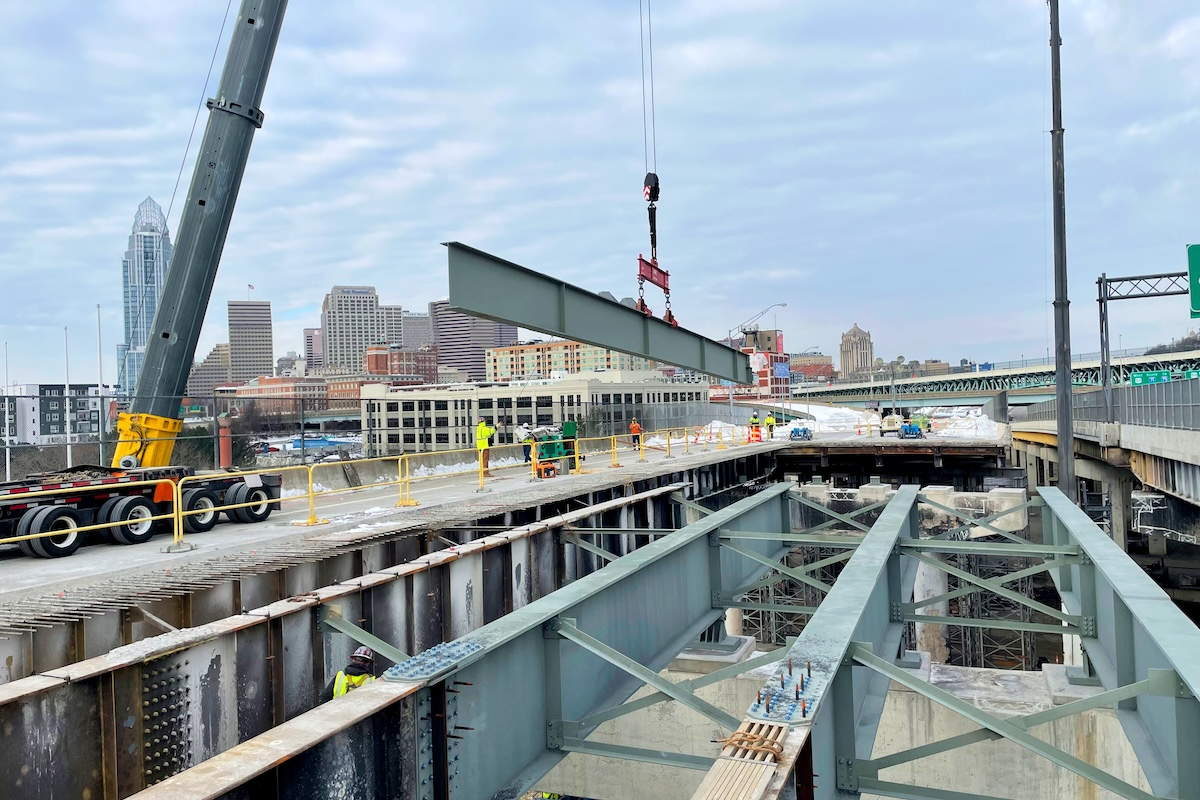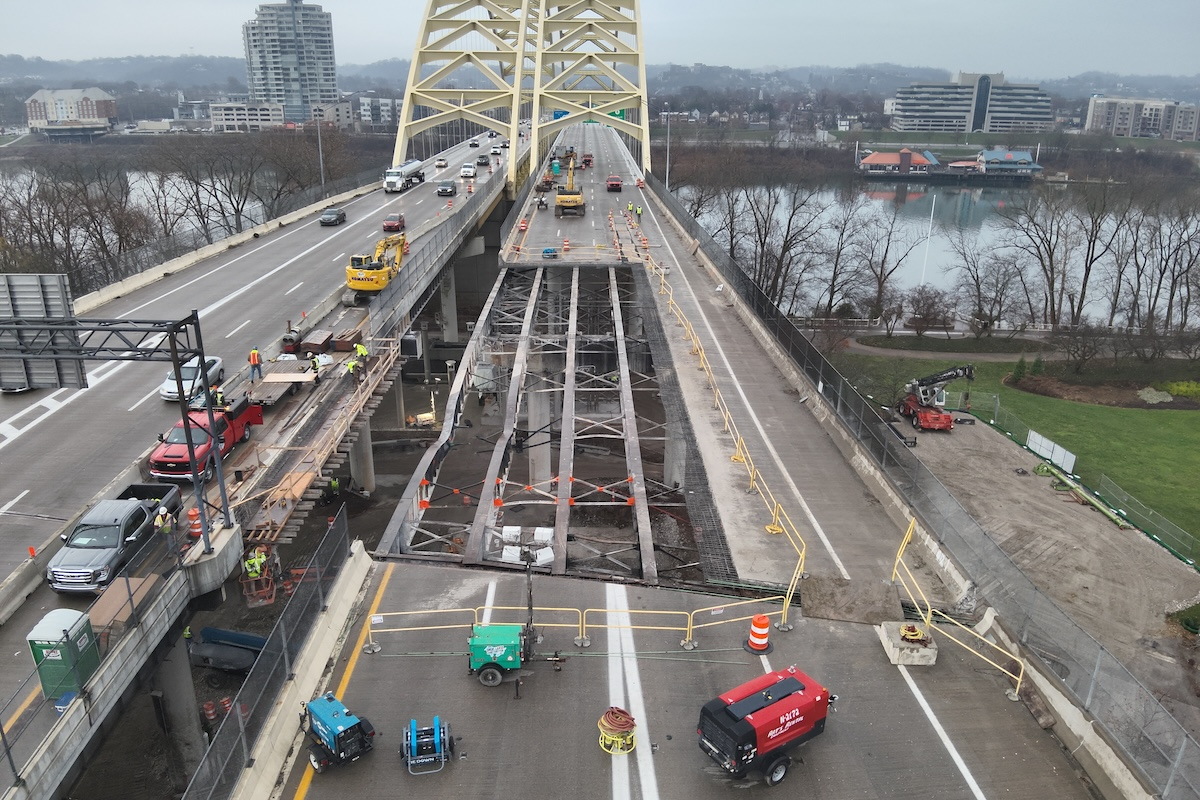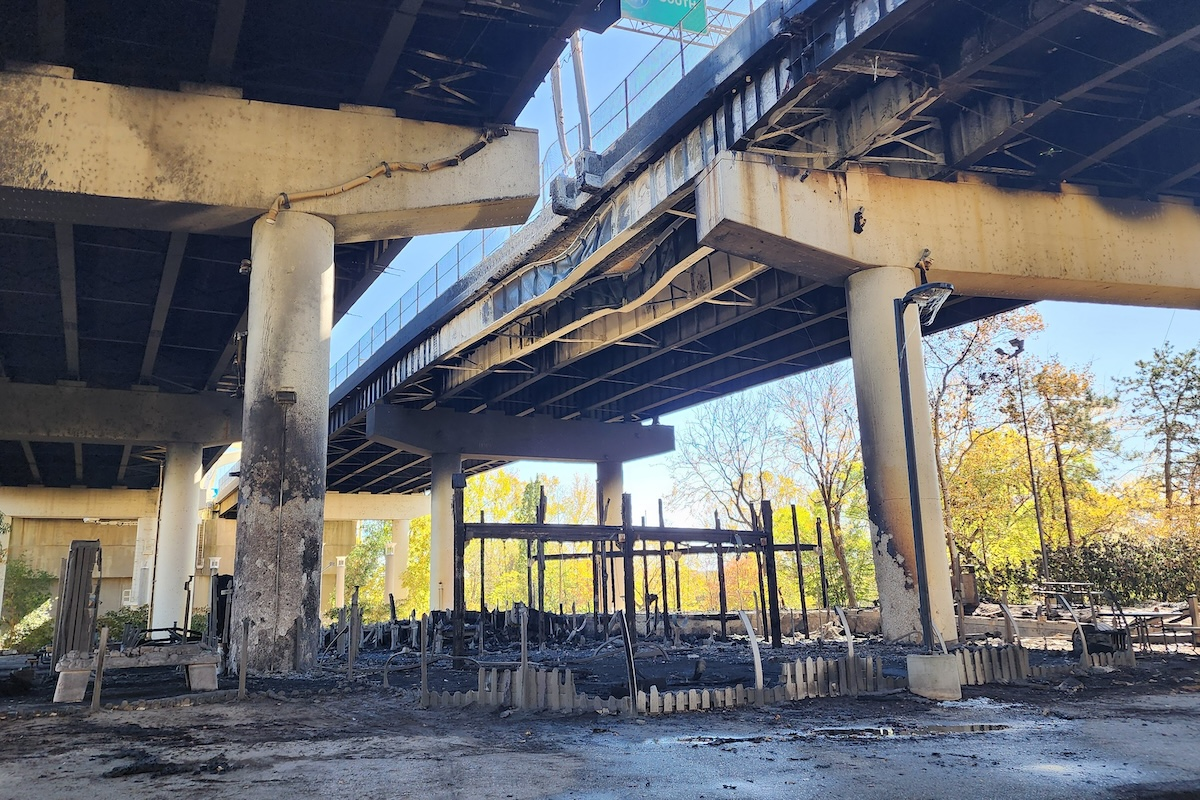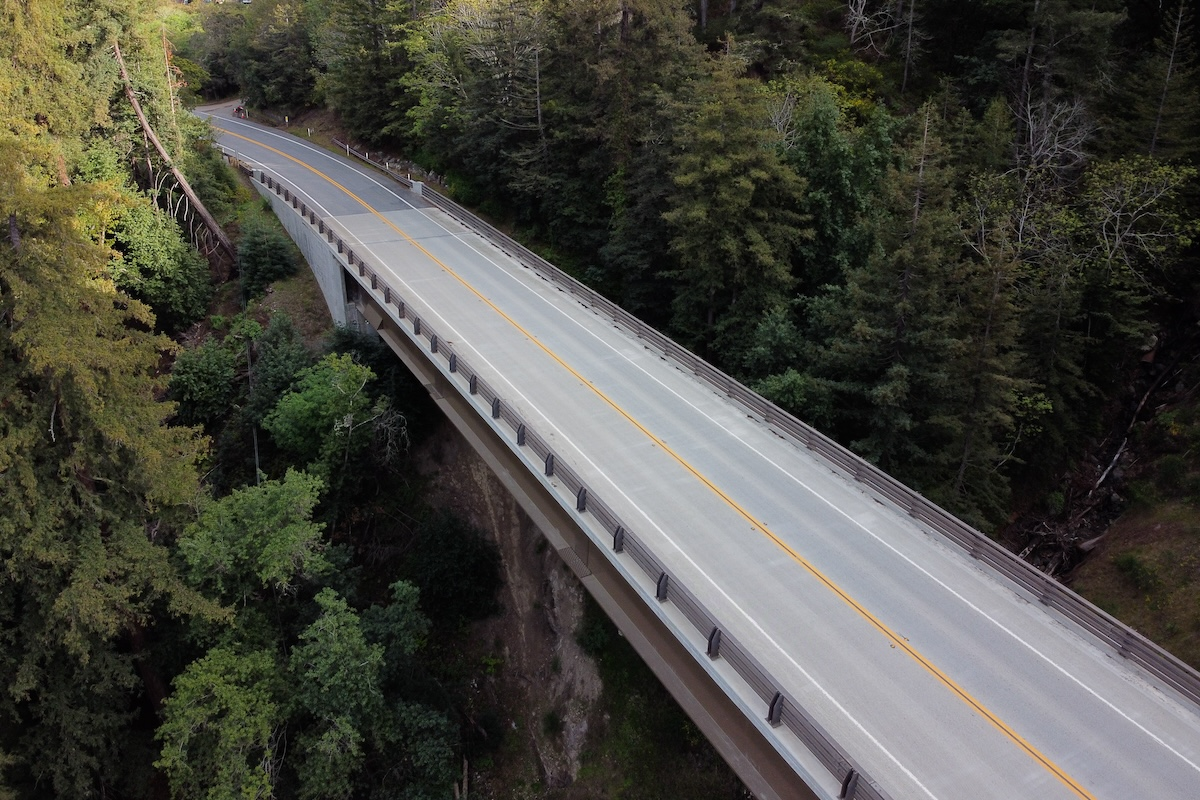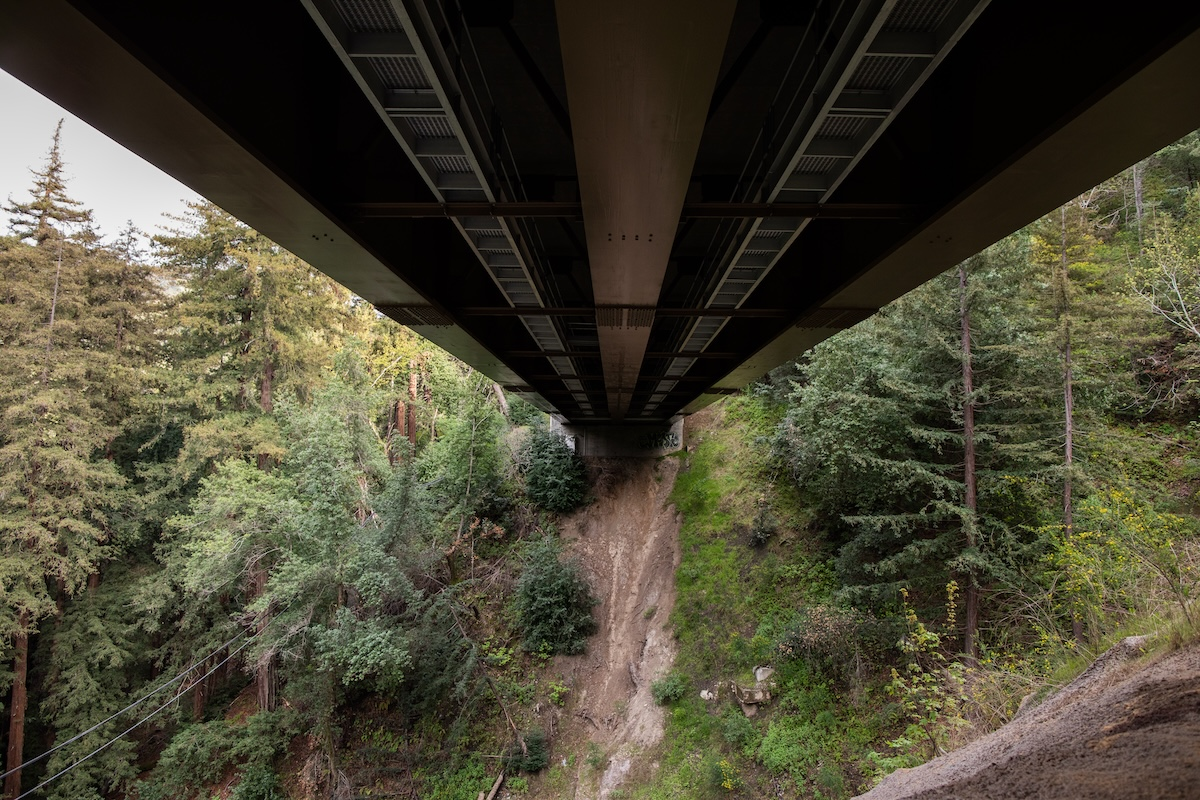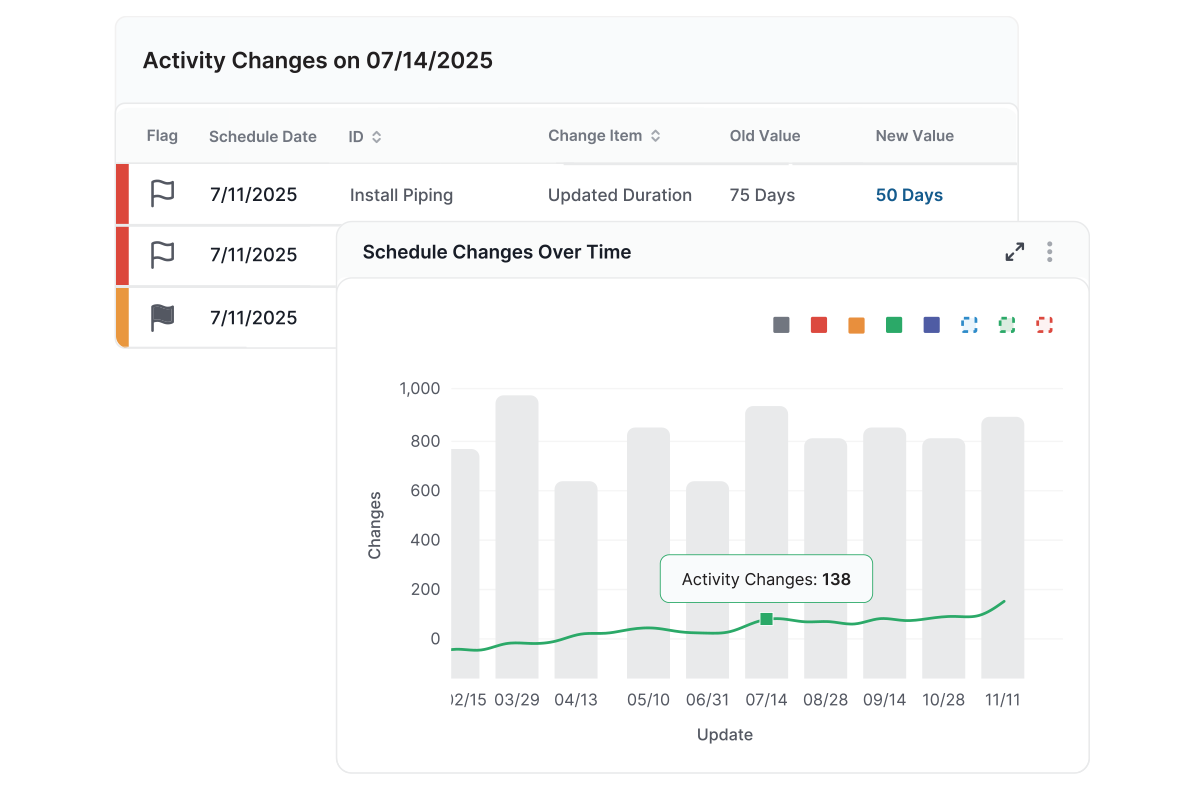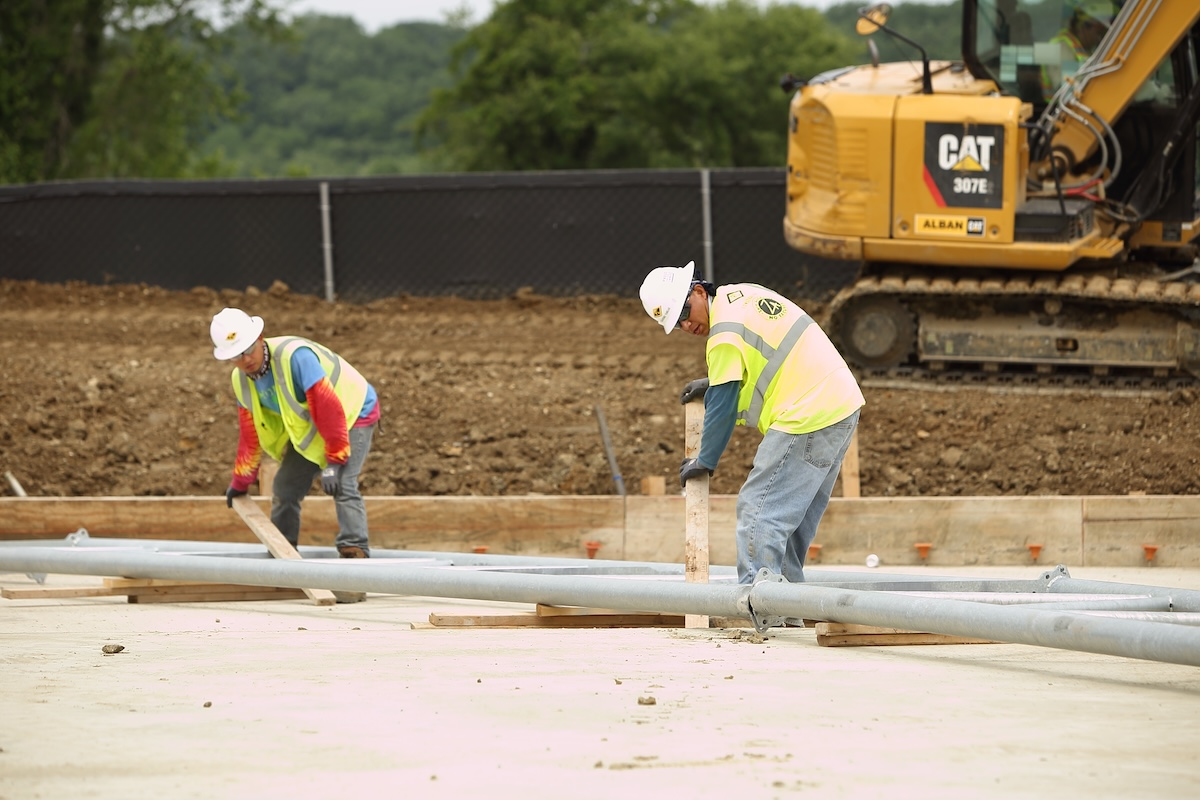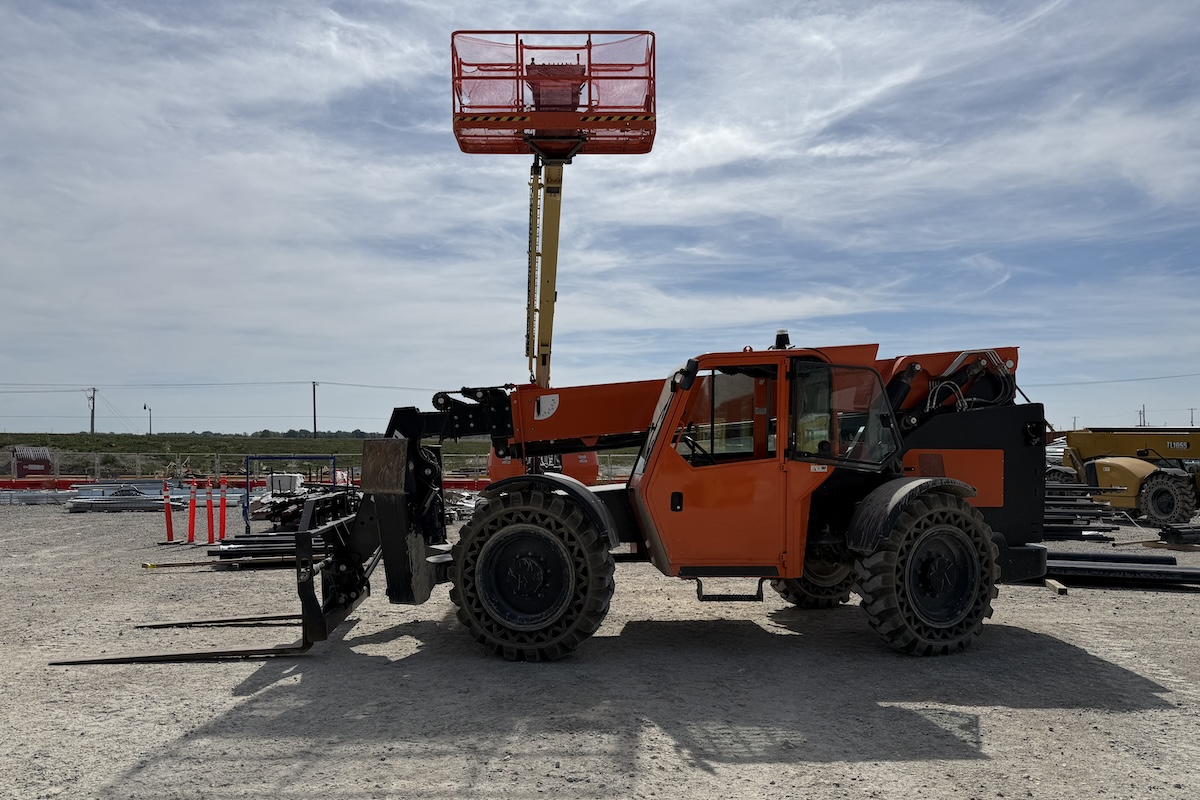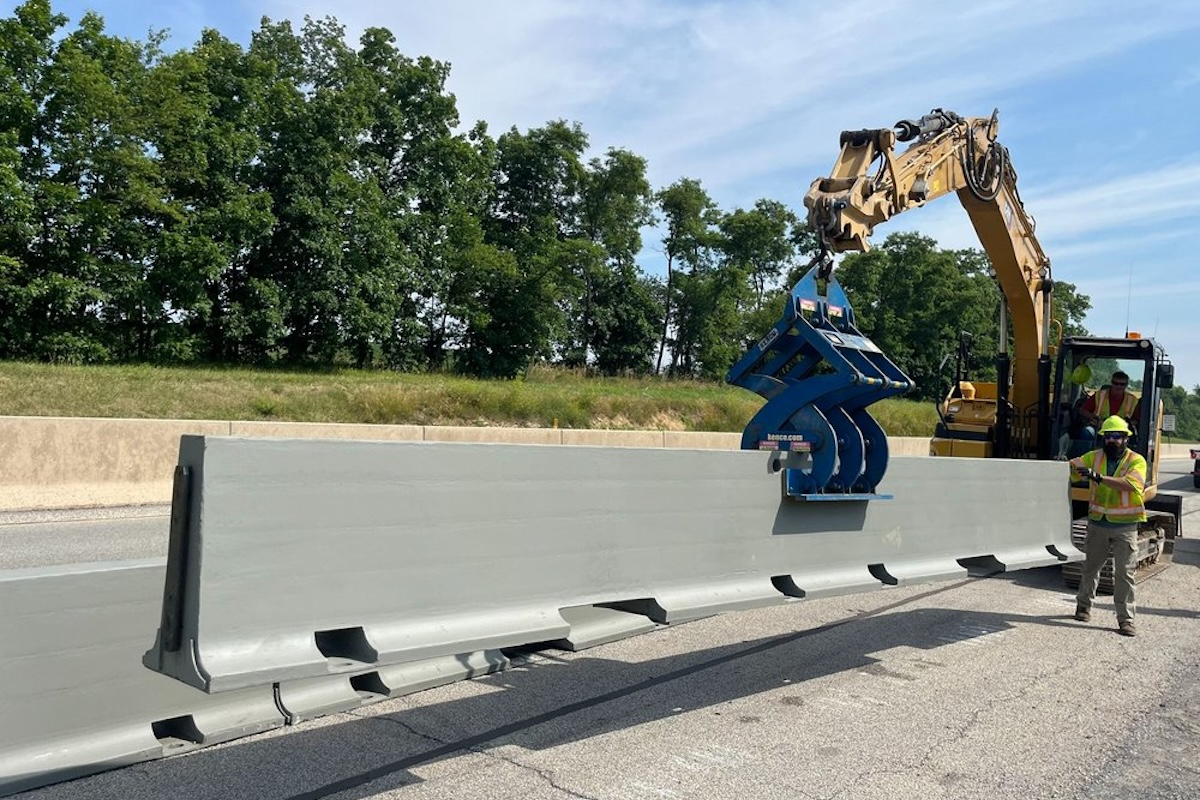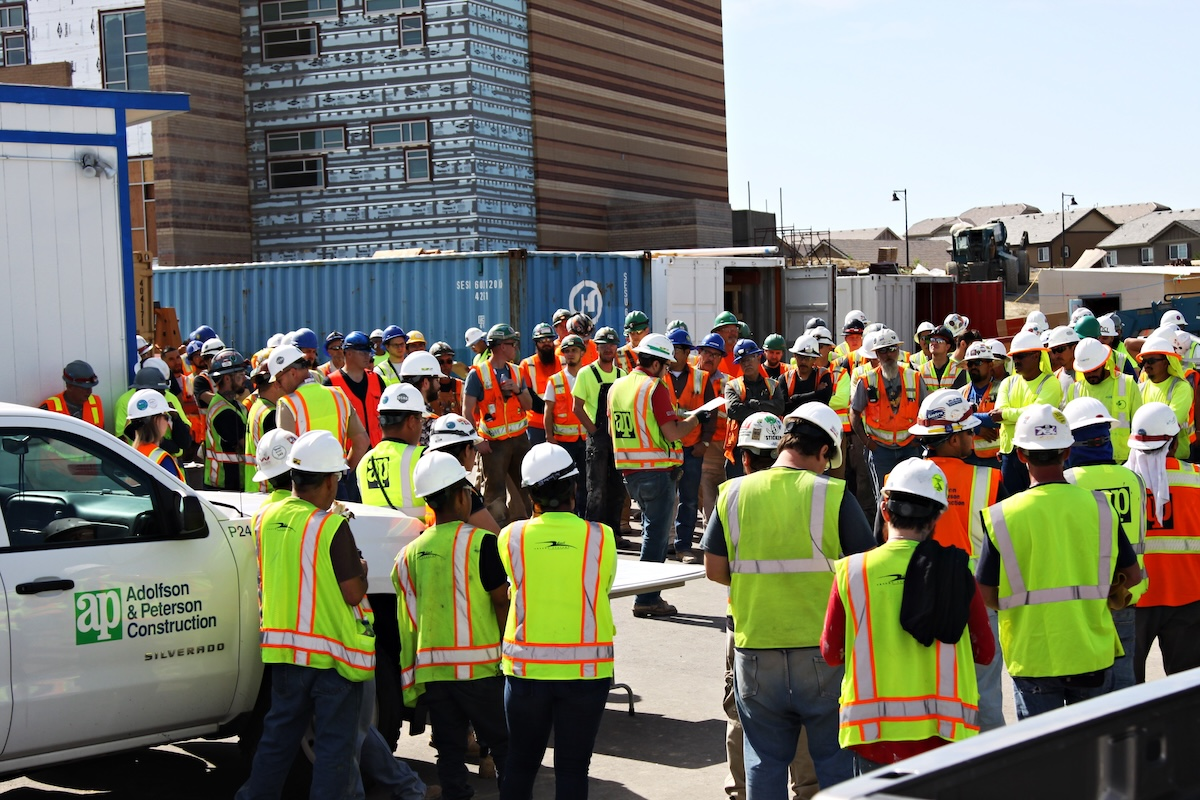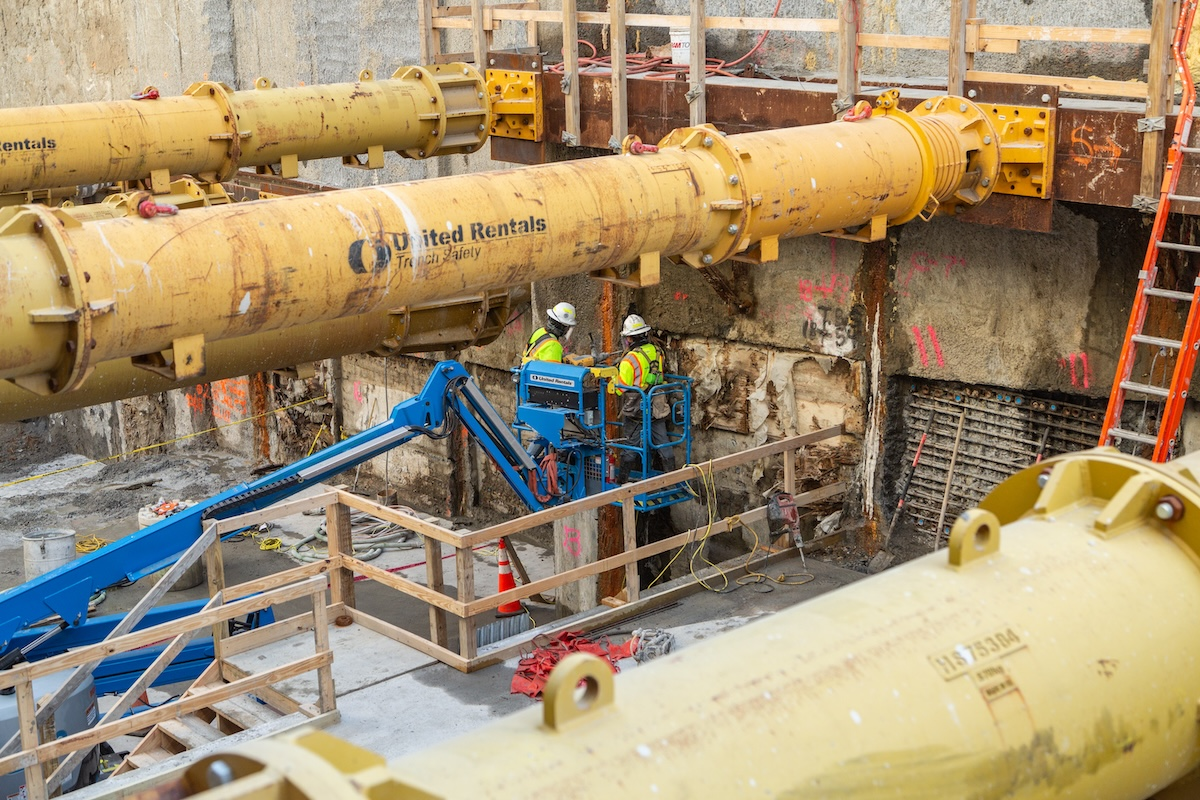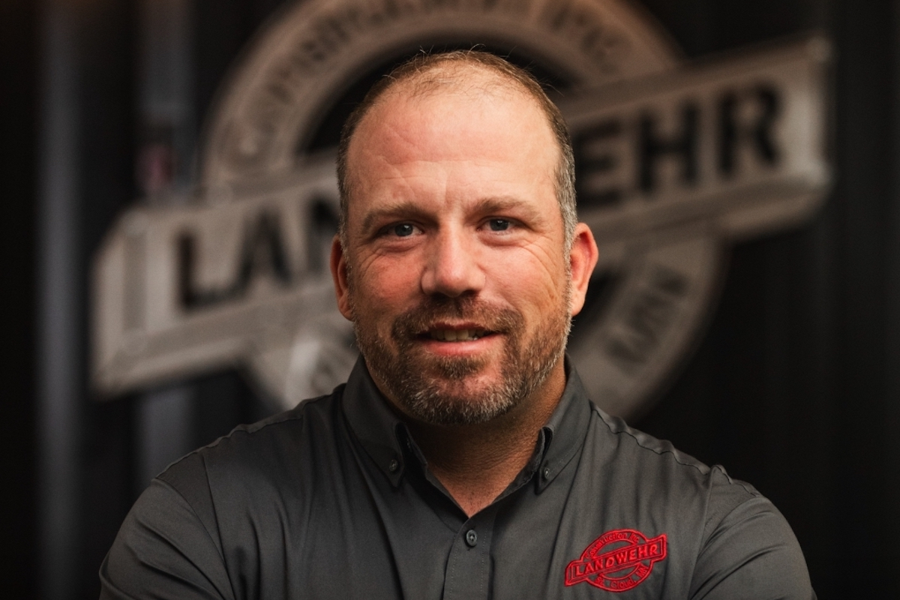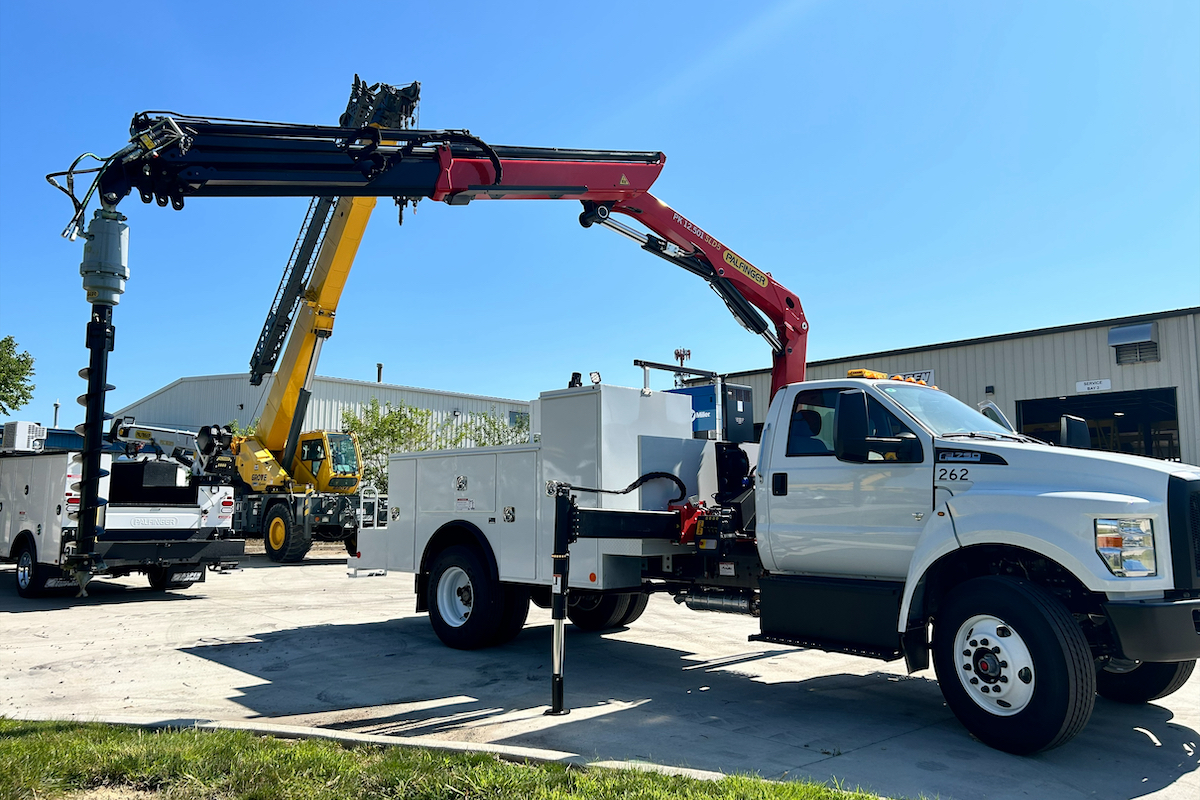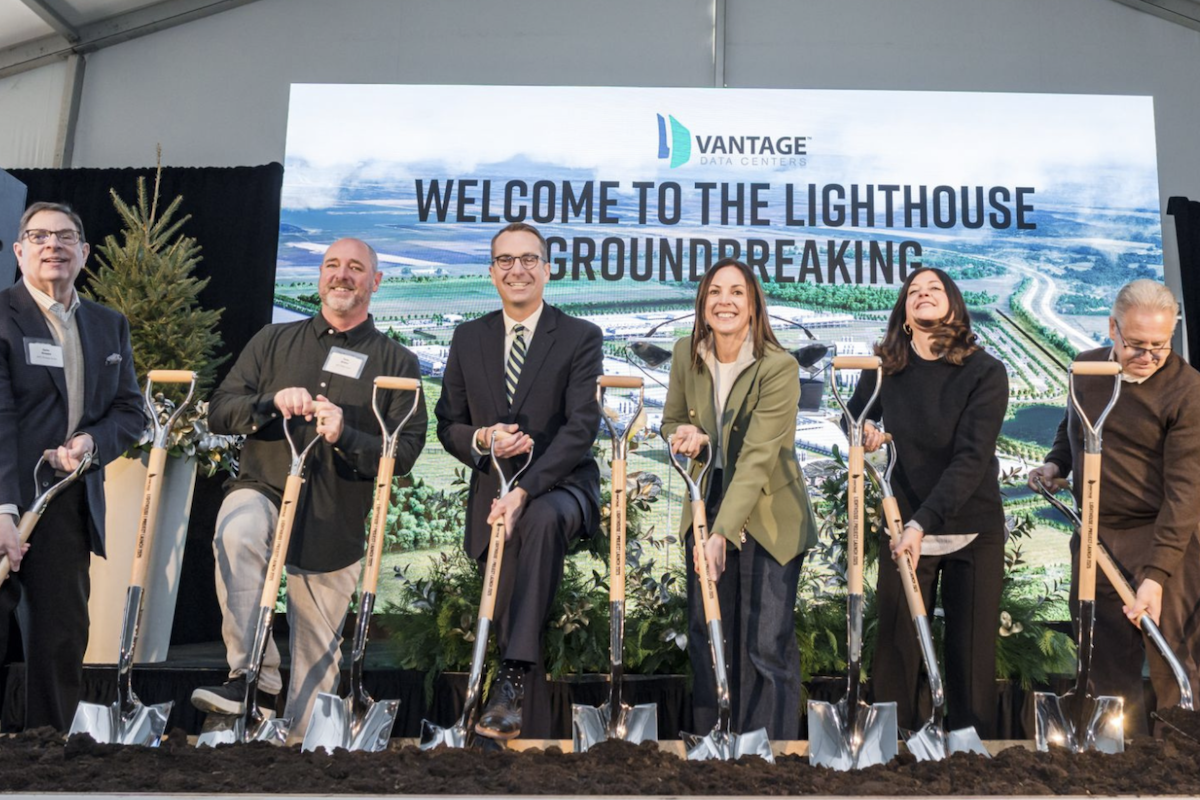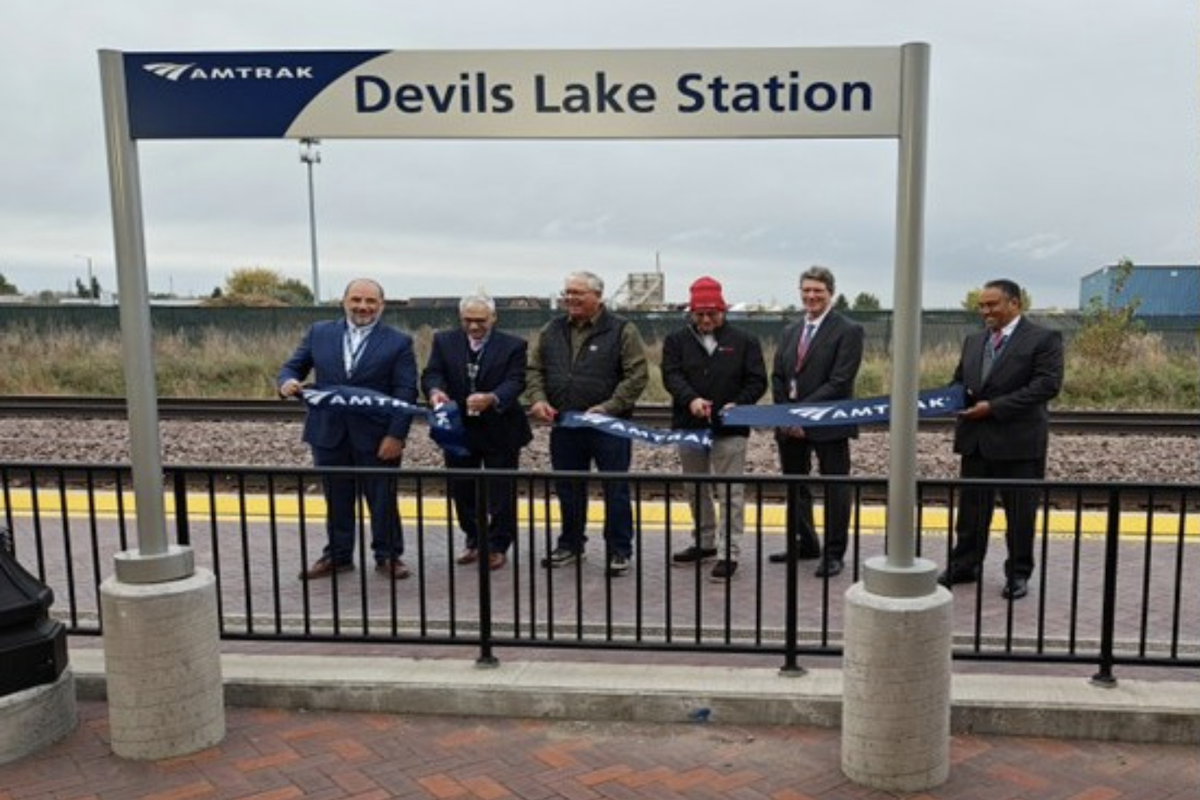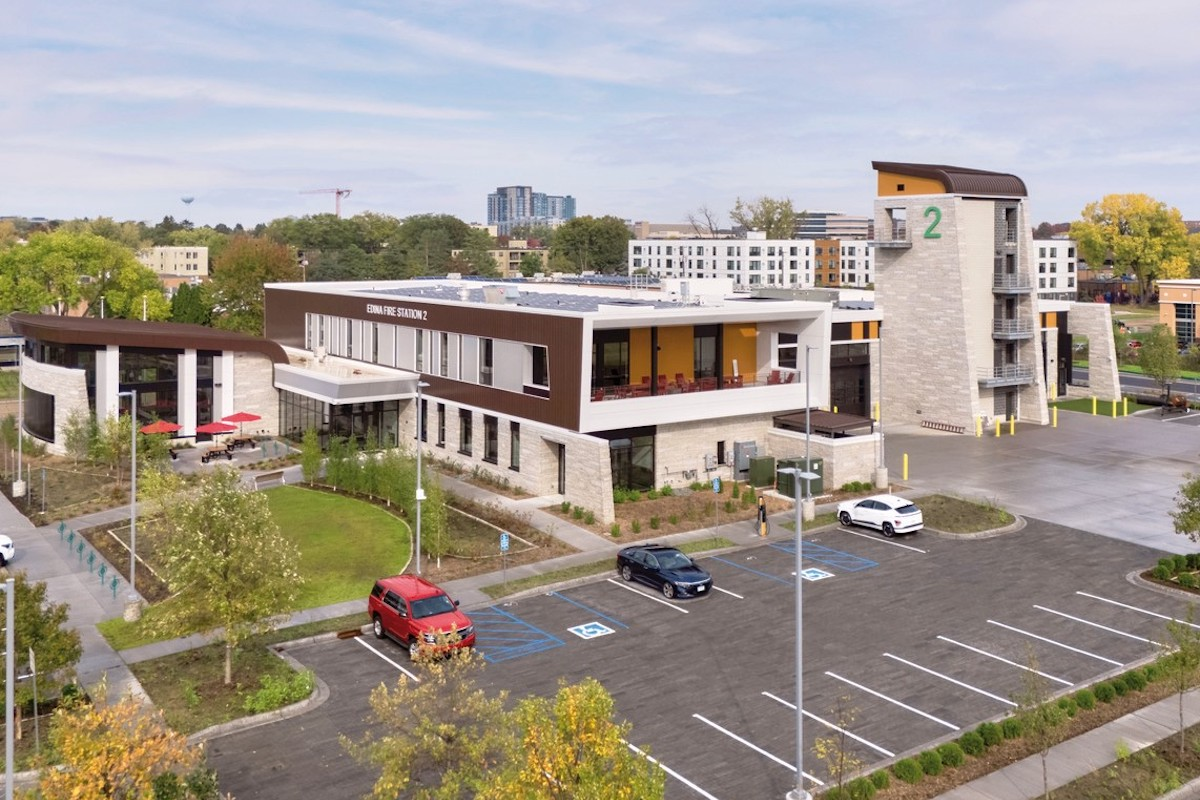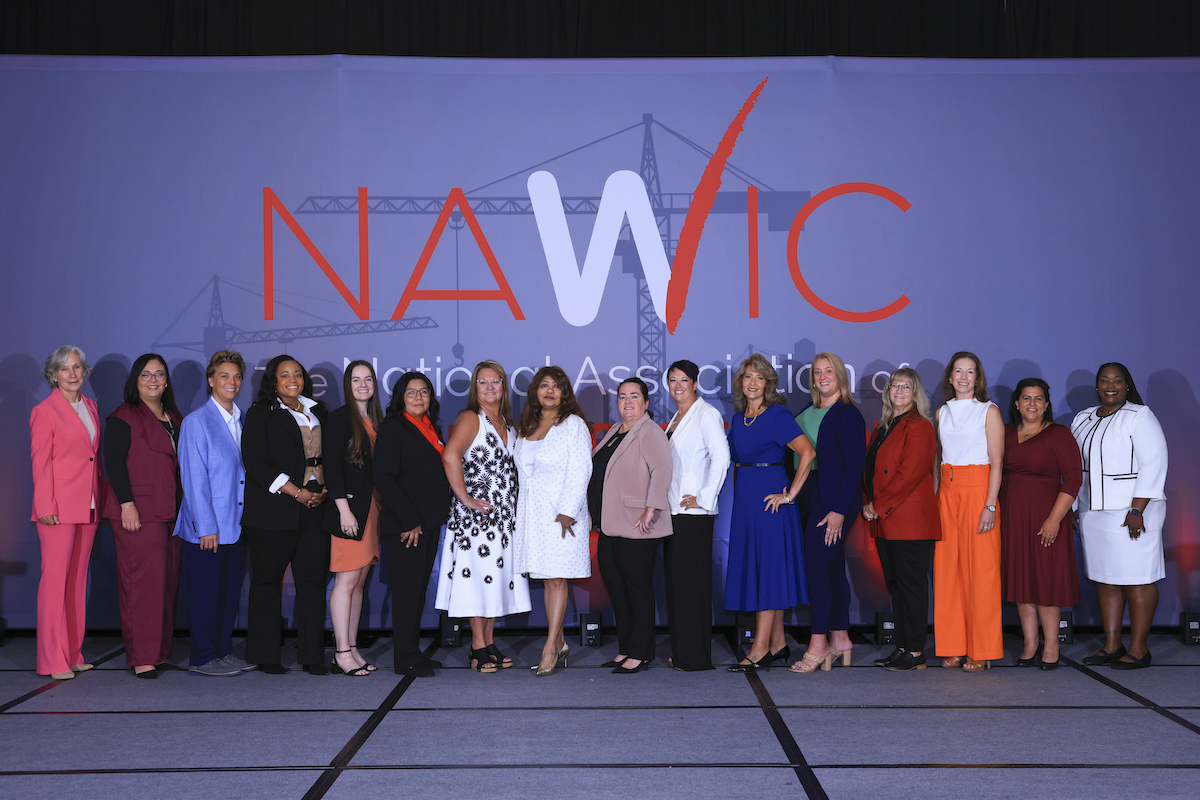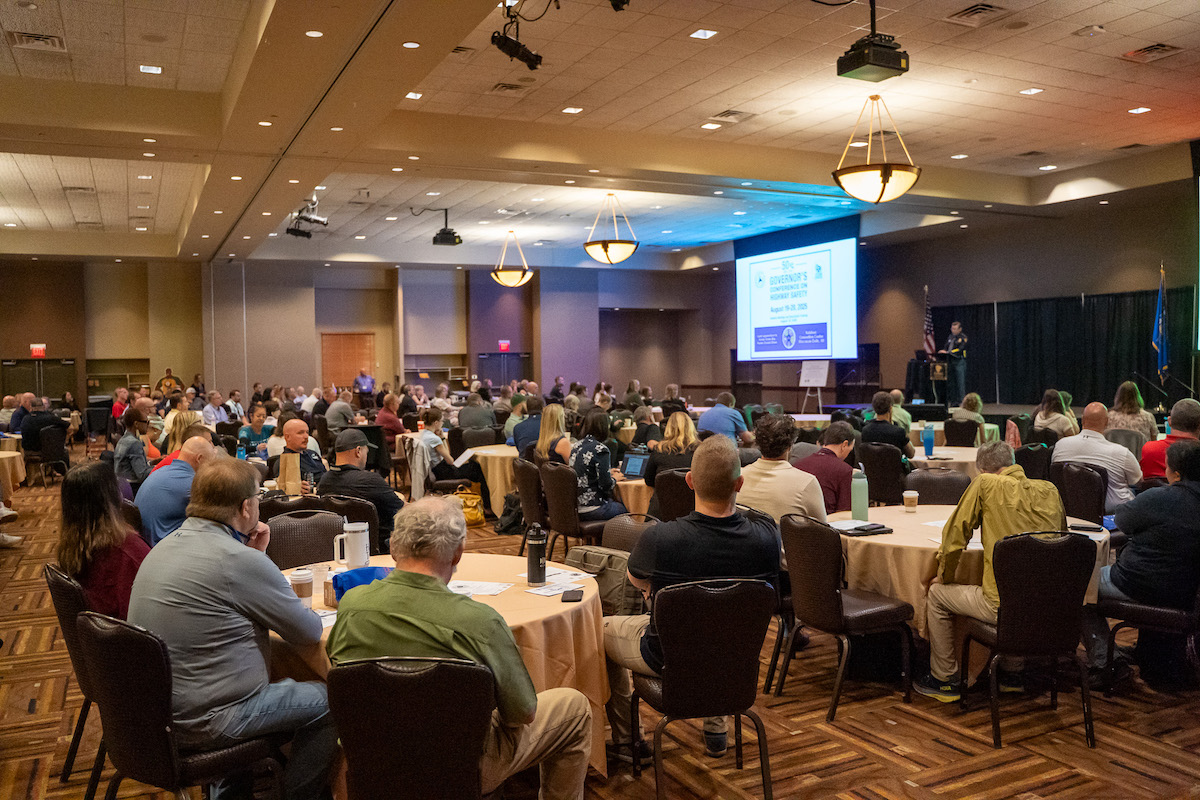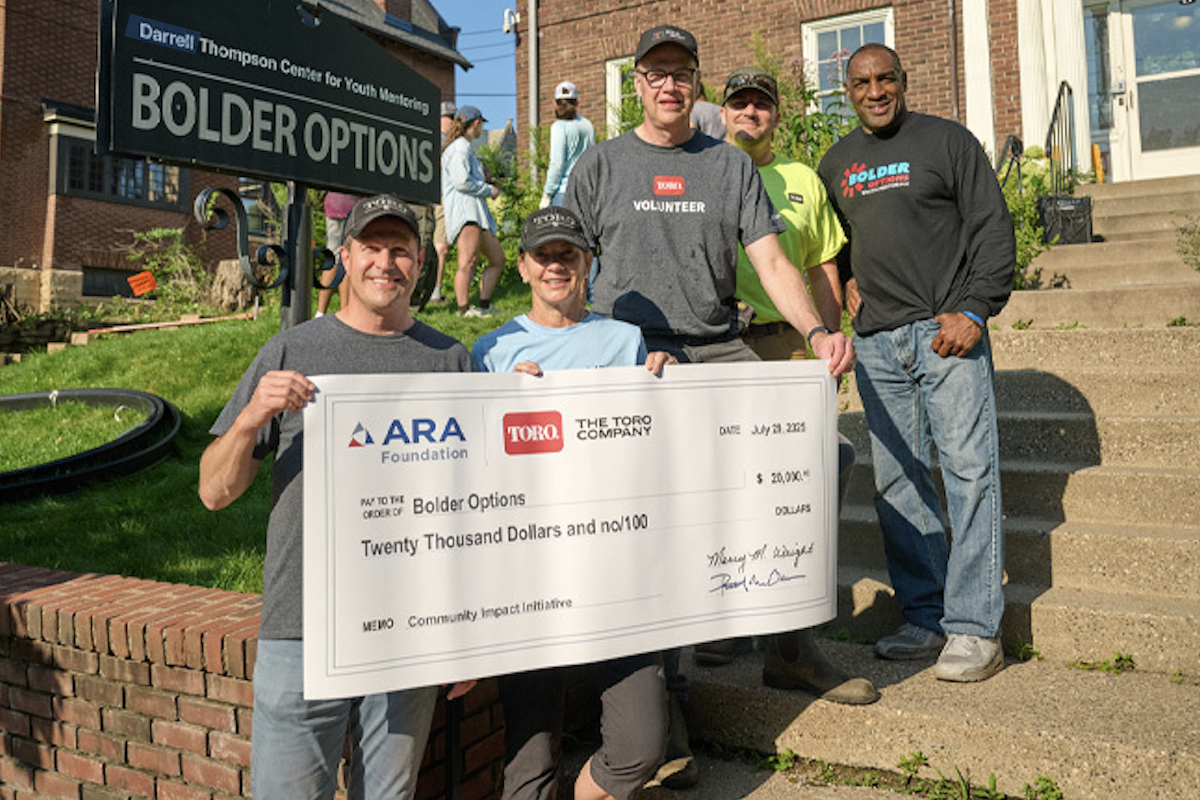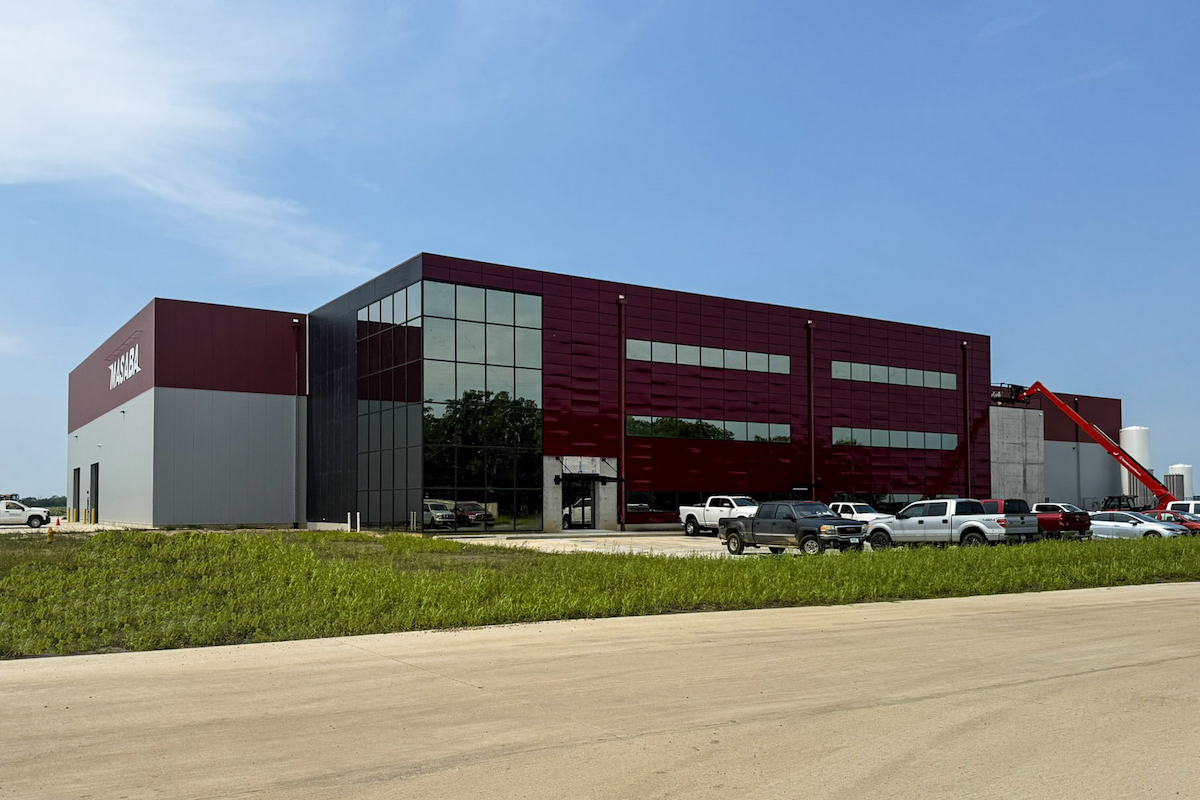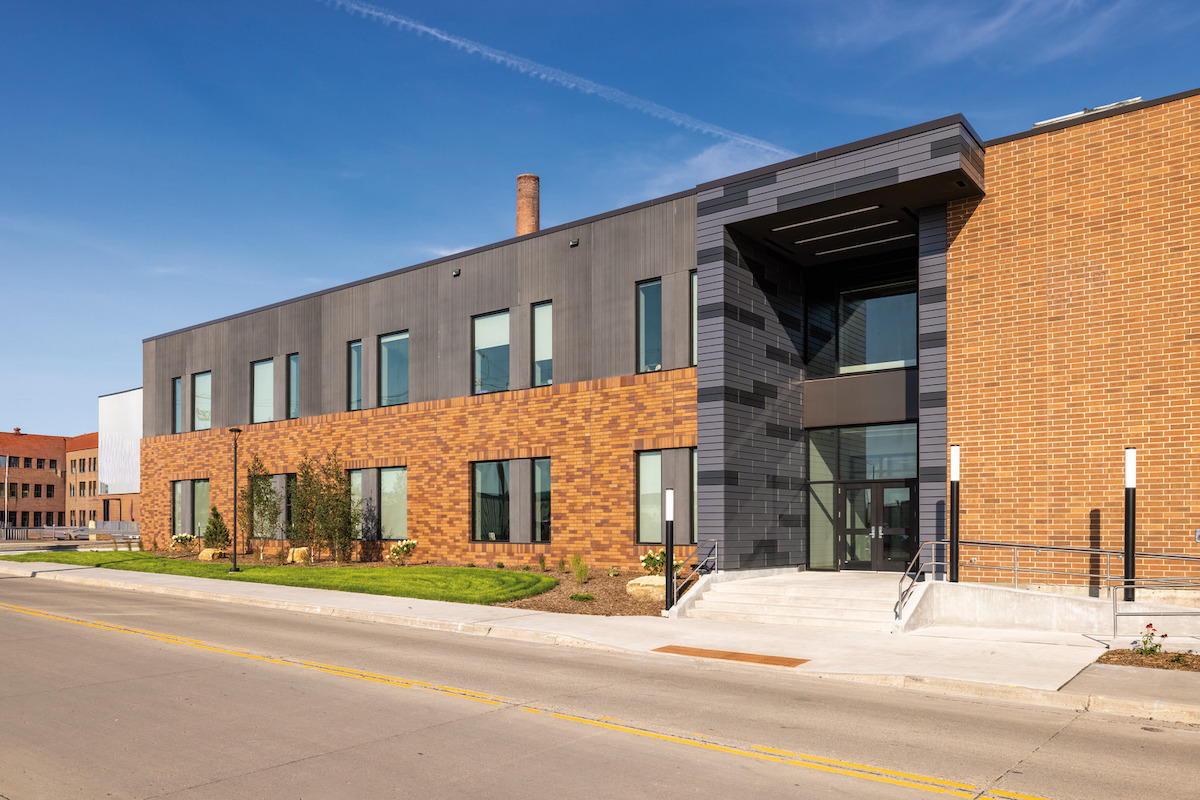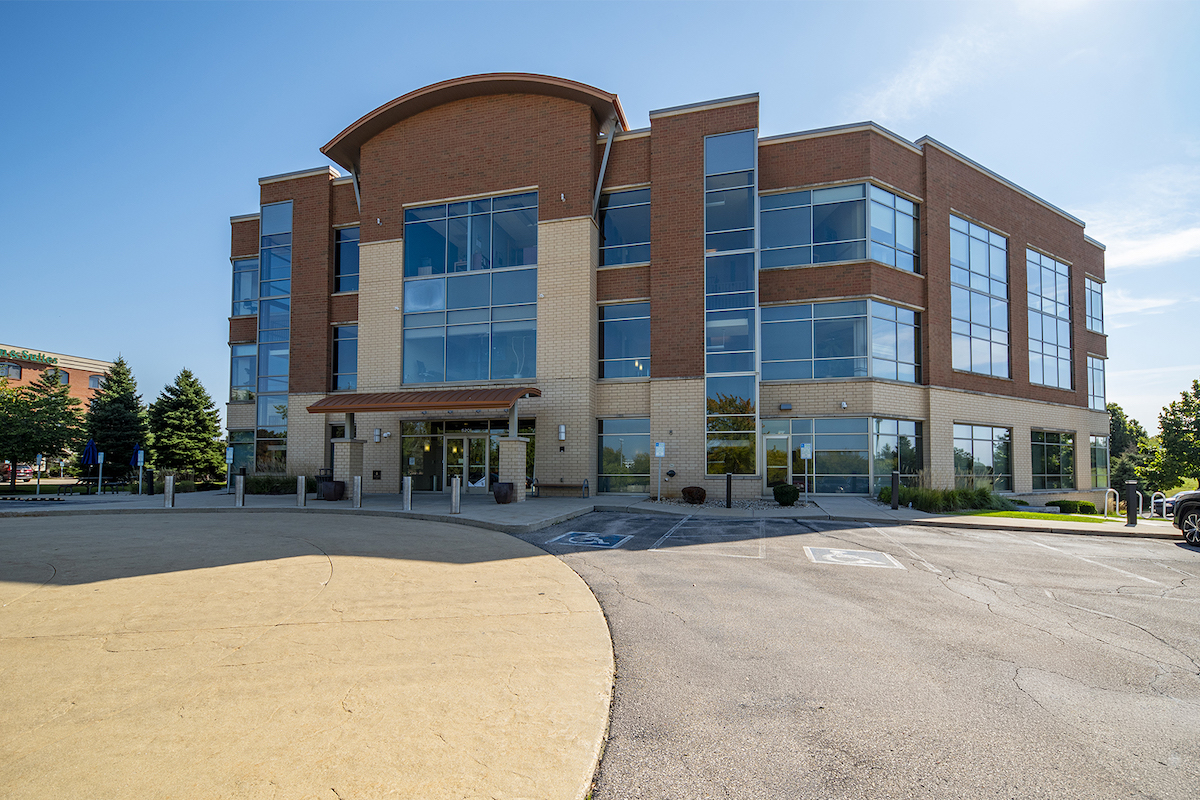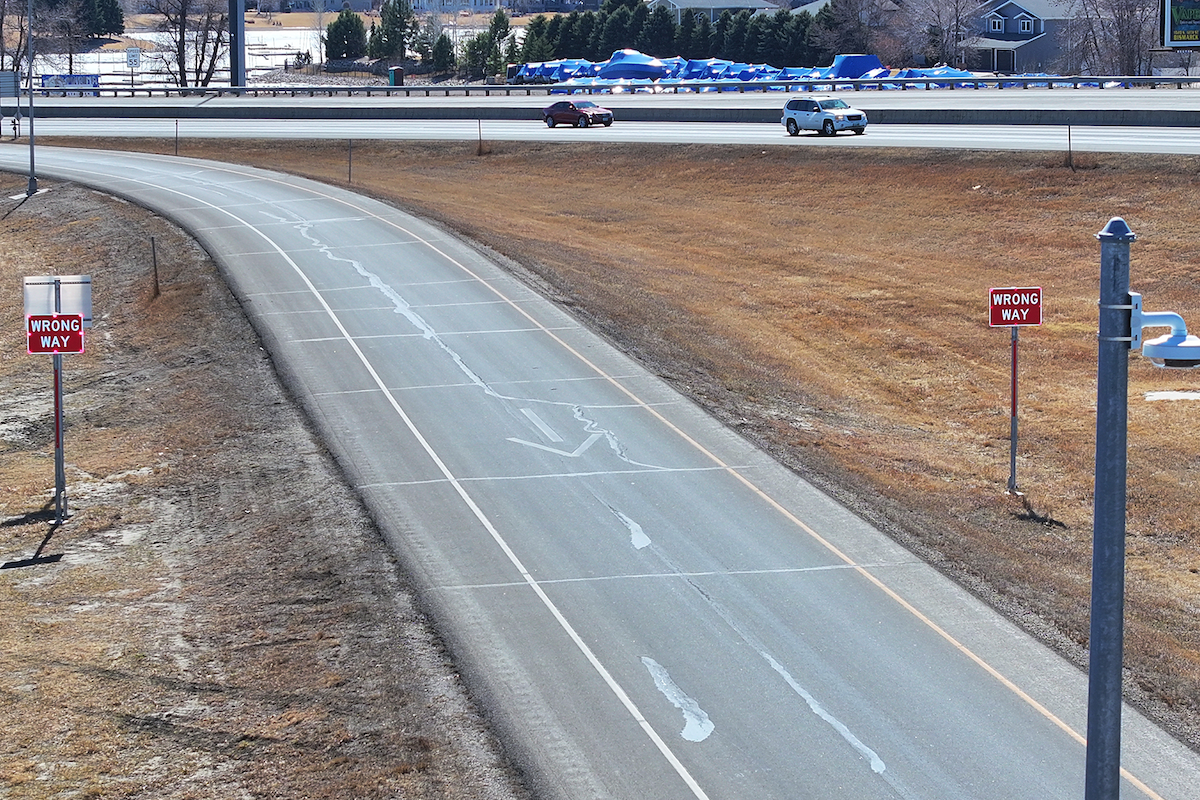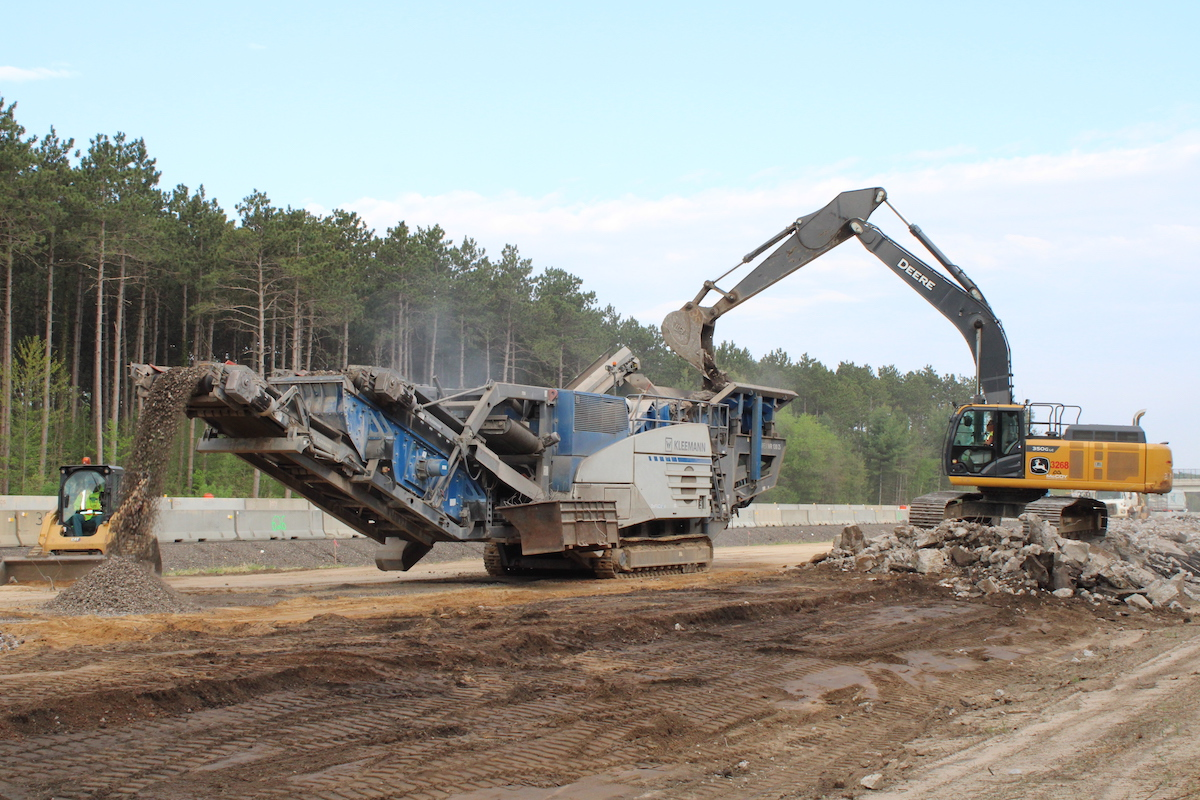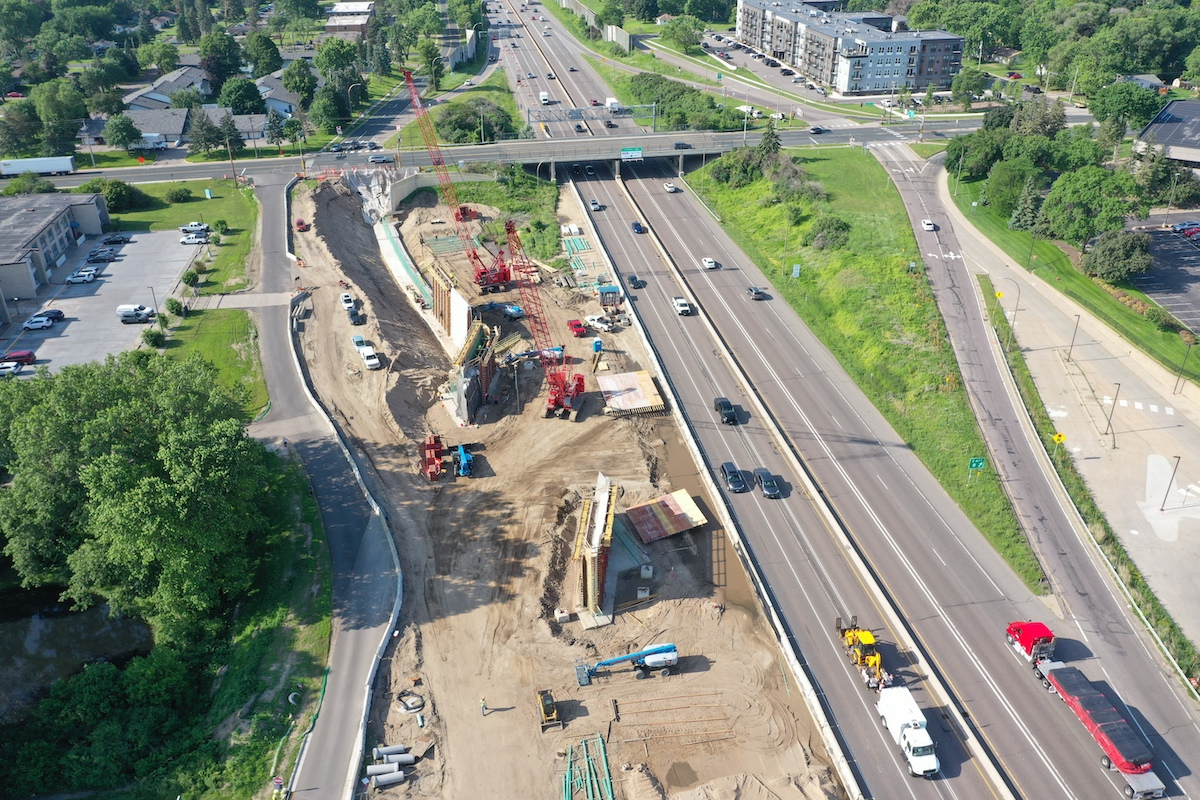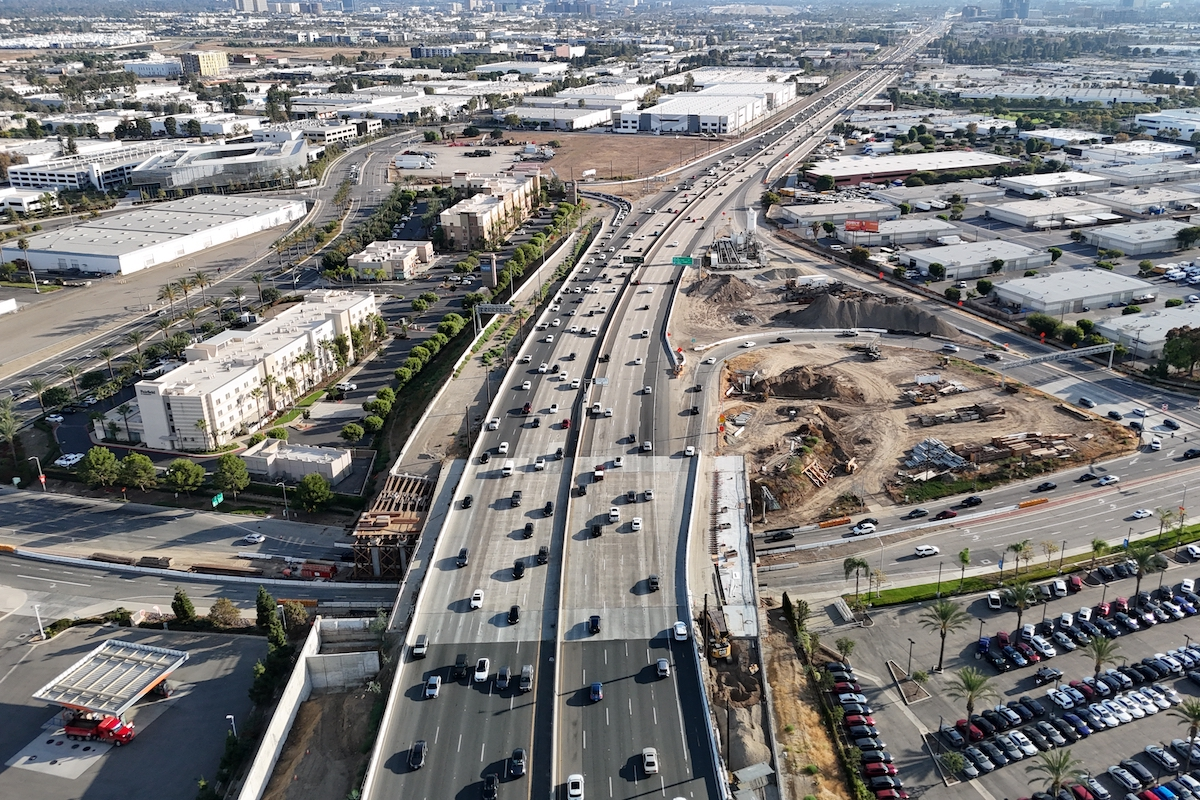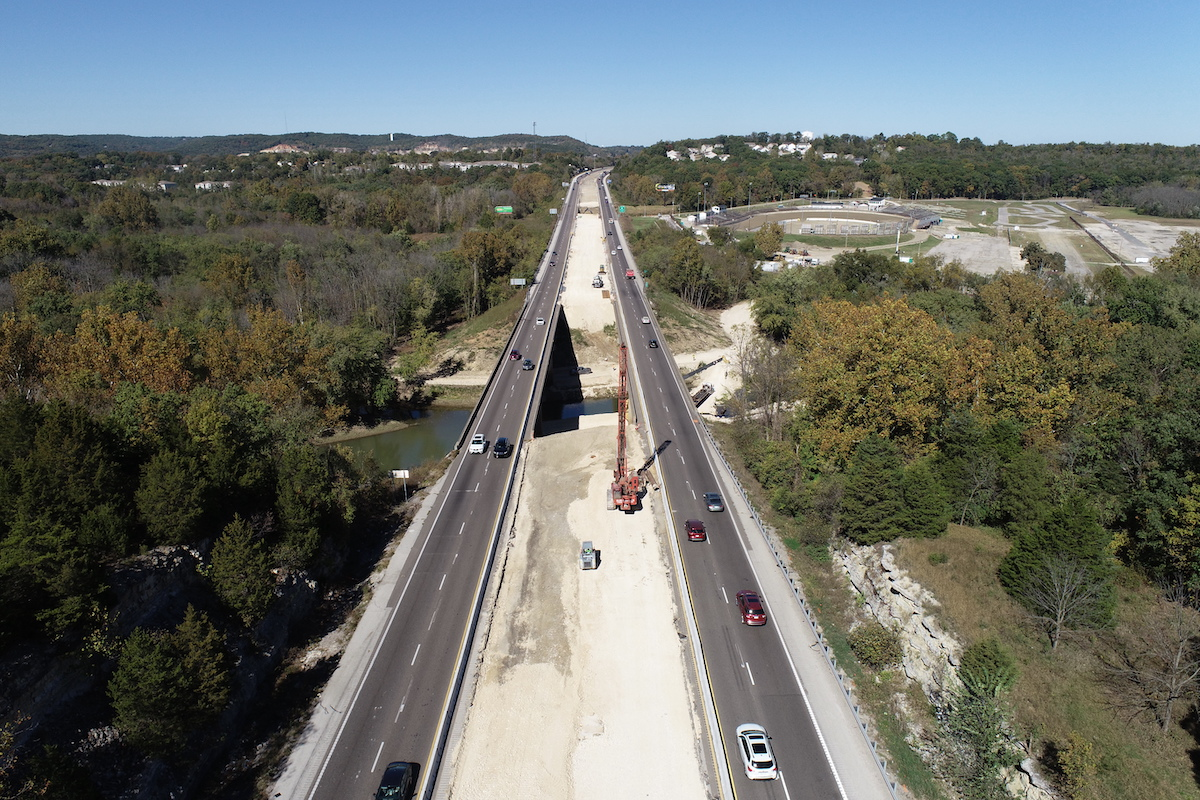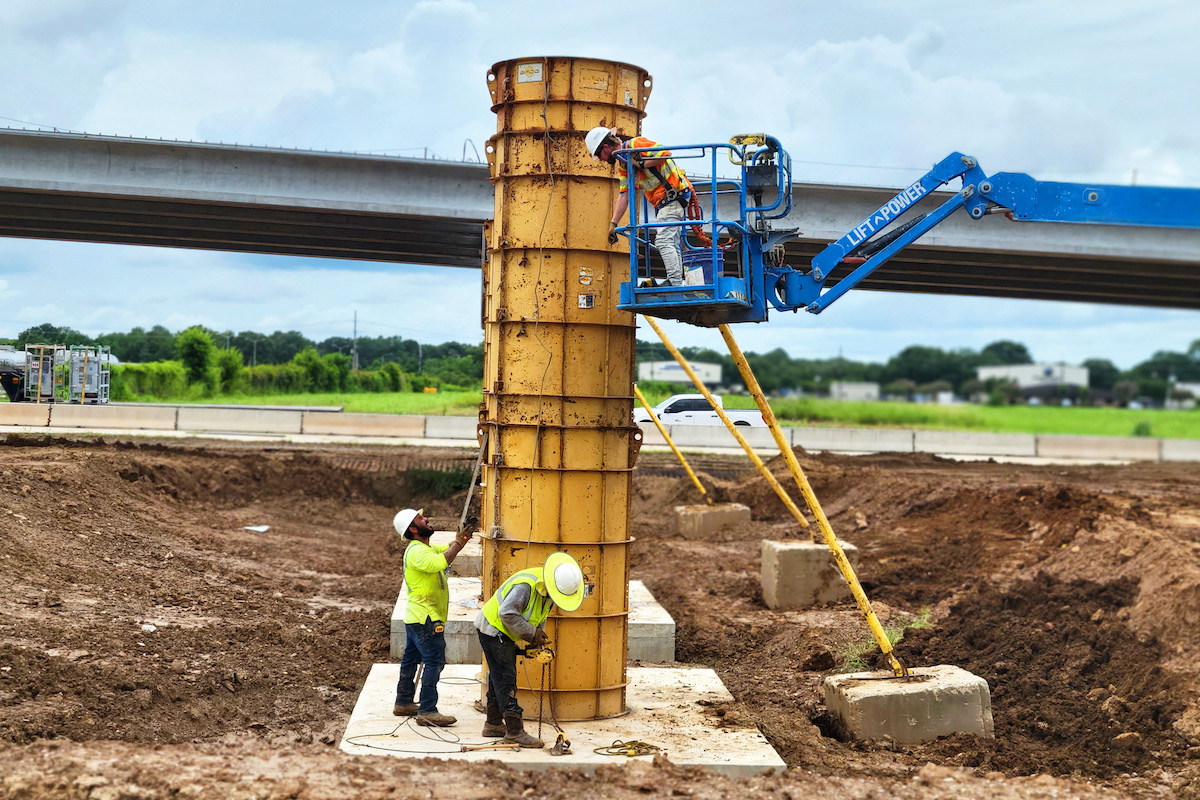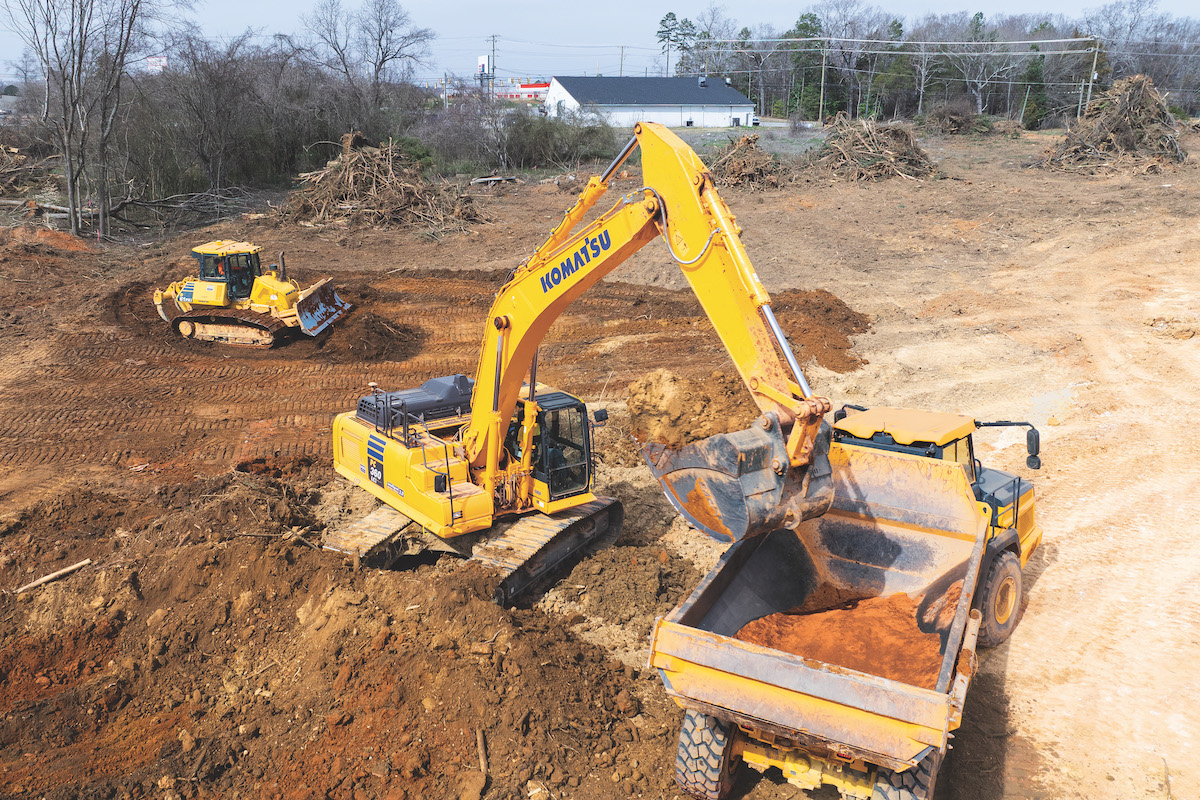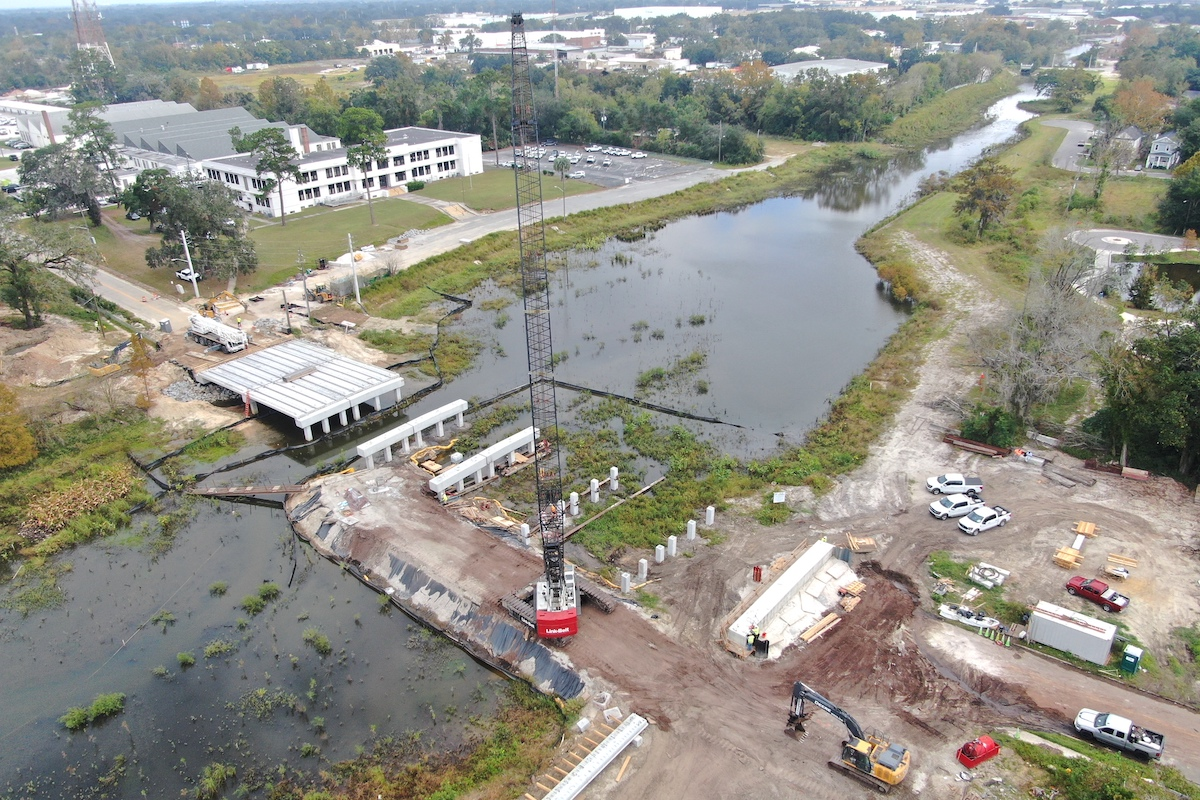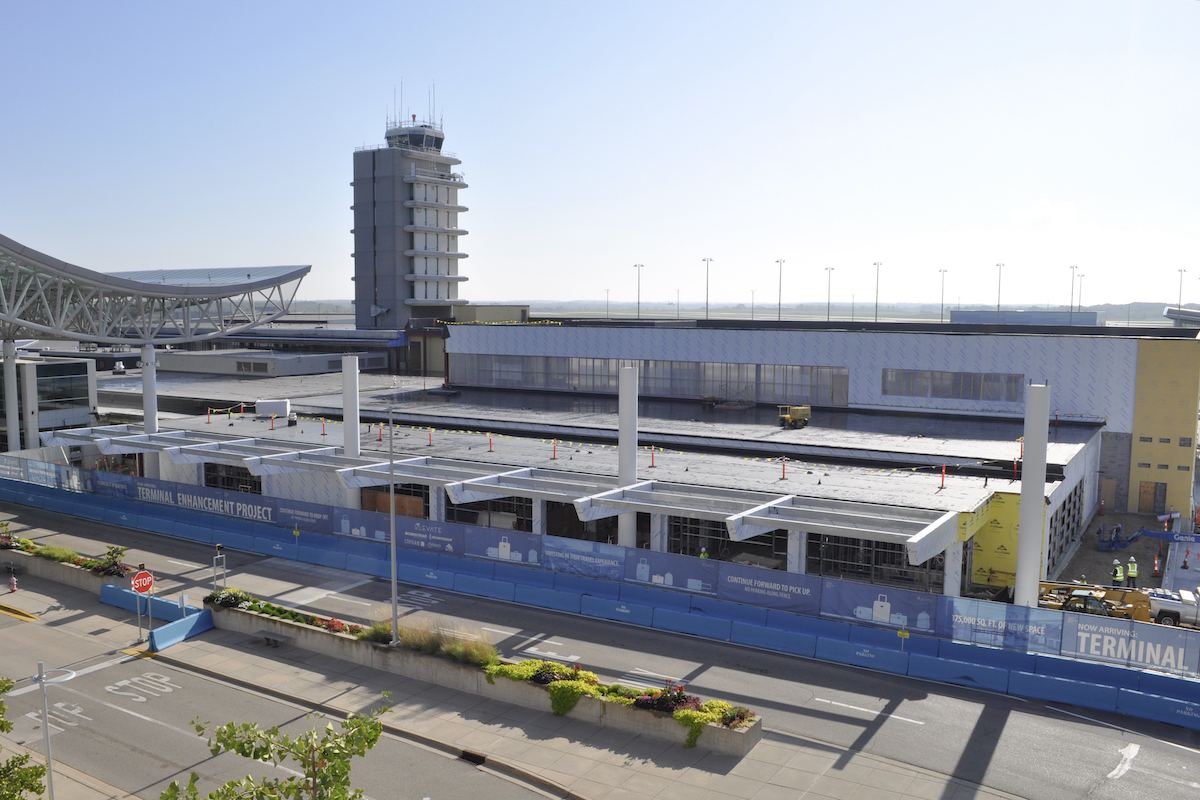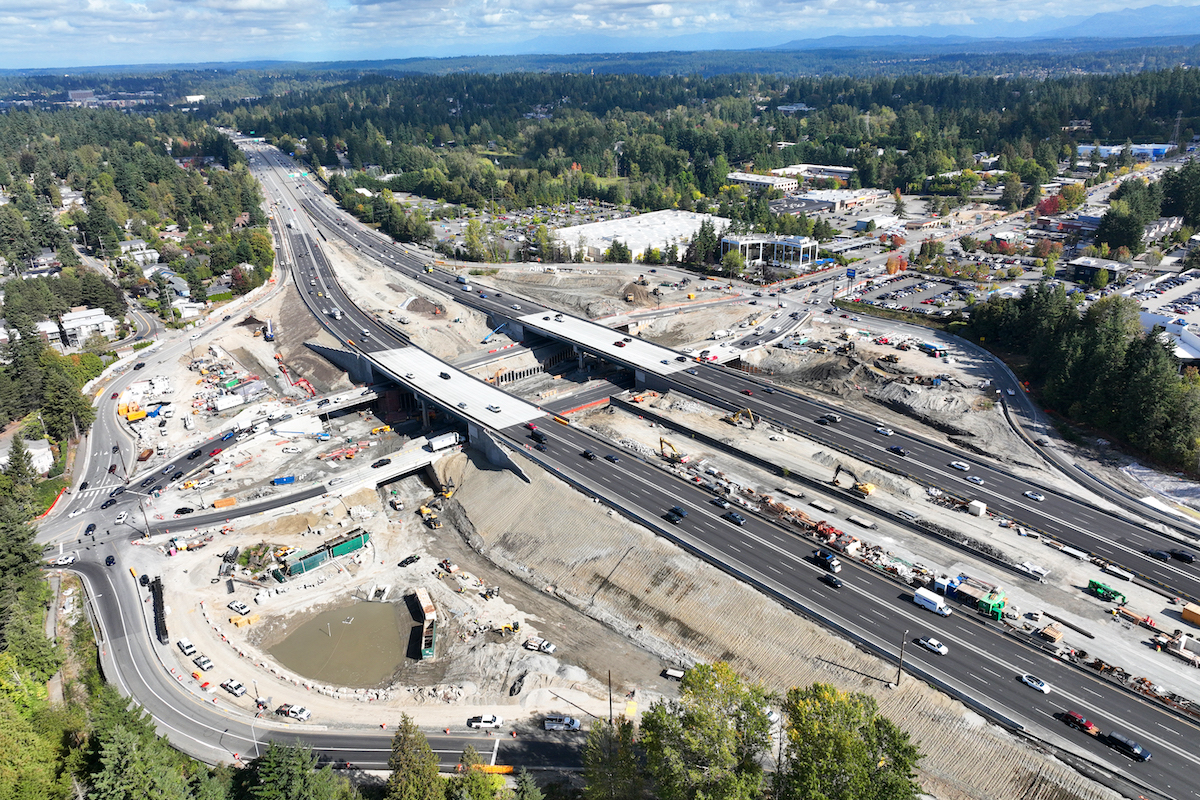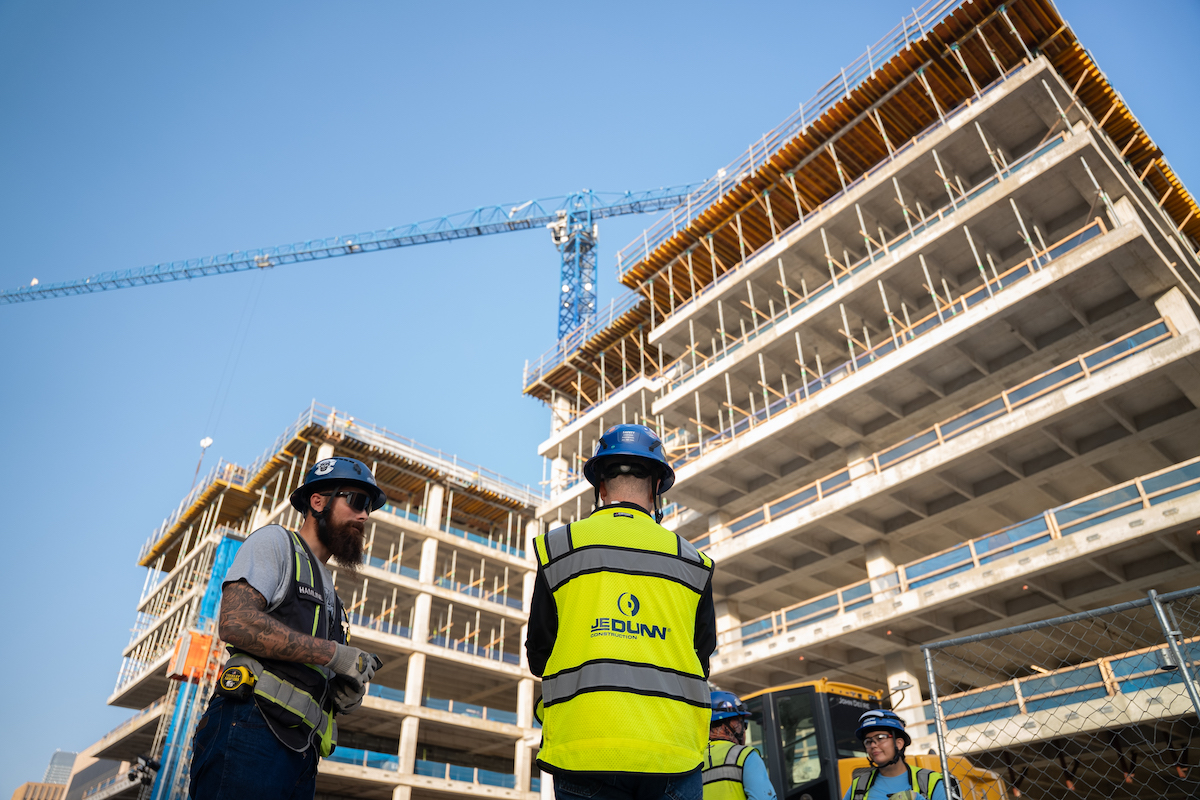As extreme weather events become more frequent and intense, the nation’s aging infrastructure is increasingly at risk. Bridges, of course, can be especially vulnerable.
In recent years, bridge hydraulic failures have become more commonplace, calling into question the resilience of a transportation network that was, in many cases, built for a different era. From remote rural crossings to vital interstates, we are witnessing how decades of under-investment in our infrastructure have left much of it vulnerable to extreme weather.
For builders and contractors, this creates a pressing challenge: How do we respond faster — and smarter — for our clients when bridges fail? The answer lies within proactive partnerships built before the extreme event even occurs.
Research published by Utah State University revealed that the bridge failure rate (which includes partially and fully collapsed bridges) in the U.S. is between 87 and 222 bridges per year, with an expected value of 128 bridges per year. The most common cause by far was determined to be hydraulic in nature.
While the bridge failure rate alone is noteworthy, what makes this statistic more impactful is that large, intense rainfall events tend to cause a concentration of failures in a single region, amplifying the effects. For example, Hurricane Helene in 2024 damaged or destroyed an estimated 7,000 public and private bridges, roads, and culverts in North Carolina. In the Northeast, floods in July 2023 washed out some 200 bridges in New York, Vermont, Connecticut, and New Hampshire.

| Your local Komatsu America Corp dealer |
|---|
| Road Machinery and Supplies Company |
Even more recently, in April 2025 severe storms triggered flash-flood emergencies across the Mississippi and Ohio valleys that damaged several vehicle bridges and wiped out a railroad bridge, derailing cars. In July 2025, Tropical Storm Barry produced more than 20 inches of rain in four hours, causing catastrophic flooding.
What’s more, according to the Environmental Protection Agency, since 1910, nine of the top 10 years for extreme, one-day precipitation events have occurred since 1995.
But intensifying weather only makes up half the story. The risk is compounded by the overall age of roads and bridges in the U.S. According to a 2025 report by the American Society of Civil Engineers, approximately 39 percent of the more than 623,000 bridges nationwide were built before 1970. The vast majority of those are now operating well beyond their intended design life, with many needing significant repair work or replacement.
When a bridge fails, the clock starts ticking immediately. Local officials, departments of transportation, suppliers, and infrastructure contractors quickly find themselves in high-pressure situations where every hour counts, since detours can delay emergency services, disrupt local economies, and sever vital supply chains.

| Your local Trimble Construction Division dealer |
|---|
| SITECH Northwest |
Take the recent emergency project at the Daniel Carter Beard “Big Mac” Bridge spanning the Ohio River between Cincinnati, Ohio, and Newport, Kentucky. Arson led to a fire that weakened part of the bridge, requiring a closure that significantly impacted local travel and businesses. Similarly, in Big Sur, California, a massive bridge washout isolated communities, requiring supplies to be airlifted. That put tremendous pressure on stakeholders to restore the bridge as fast as possible.
These bridges aren’t just engineering successes — they are lifelines for affected communities. That’s why speed-to-market bridge solutions are a necessity, not a luxury.
Short span bridges tend to be most prone to hydraulic events. Prefabricated and modular bridge systems can offer a proven solution. These systems can be fabricated quickly, delivered to sites with far shorter lead times, and erected faster with less labor compared to conventional builds. Not only do they allow for quicker installation, but they also bring consistent quality in design, improved job site safety, and long-term durability.
The federal Infrastructure Investment and Jobs Act (IIJA) of 2021 infused much-needed funding into bridge repair and replacement, but that legislation only solves for a five-year window. The problem is far more long-term. We need to think beyond isolated funding cycles and toward a more sustainable bridge-building paradigm where resilient, fast-to-market, and standardized systems are prioritized.

| Your local Link Belt dealer |
|---|
| Hayden-Murphy Equipment Co |
Builders are in prime position to help drive this shift. By advocating for and actively sourcing bridge systems that are not only quick to deploy but also durable and easy to inspect, infrastructure contractors can influence both what gets built and how supply chains respond.
This means forging stronger partnerships with materials suppliers and manufacturers — not just during crisis situations, but proactively. When owners, contractors, and suppliers work collaboratively, they could design and even inventory standardized systems ahead of time, shortening delivery cycles and increasing readiness.
But to get there, we need to dismantle the traditional arms-length relationships between contractors and suppliers and utilize emergency spending before the emergency. By working together, we can take a leadership role in shaping the future of infrastructure delivery, creating market incentives for suppliers to invest in ready-to-build systems with modular designs and pre-qualified components that speed up every step of the process.
To close the gap between climate-driven failures and timely responses, here are a few questions builders and erectors can ask themselves:
- Can I source bridge materials quickly, and will it be the best value for my customers?
- What systems and solutions exist today — or should exist — to help bridge owners respond to disasters quickly and cost effectively?
- Are these systems modular, fast, durable, and repairable over time?
- How do we minimize downtime for the public and risk for the client?
- Who can I partner with to think differently about channels to market for bridge projects?

| Your local Volvo Construction Equipment dealer |
|---|
| Nuss Truck & Equipment |
These aren’t hypothetical questions. They’re practical challenges that must be addressed now if we hope to build a more resilient and responsive infrastructure future.
In an era where extreme weather events are more common and more intense, our construction practices — and our industry relationships — can’t play by the old rules. It's time for us to bridge the gap not just in physical terms, but in vision, preparation, and speed.
Jason B. Lloyd, Ph.D., P.E., is a seasoned civil and structural engineer specializing in bridge design, inspection, and infrastructure innovation. He currently serves as Manager of Bridges and Infrastructure at Nucor Corporation.

